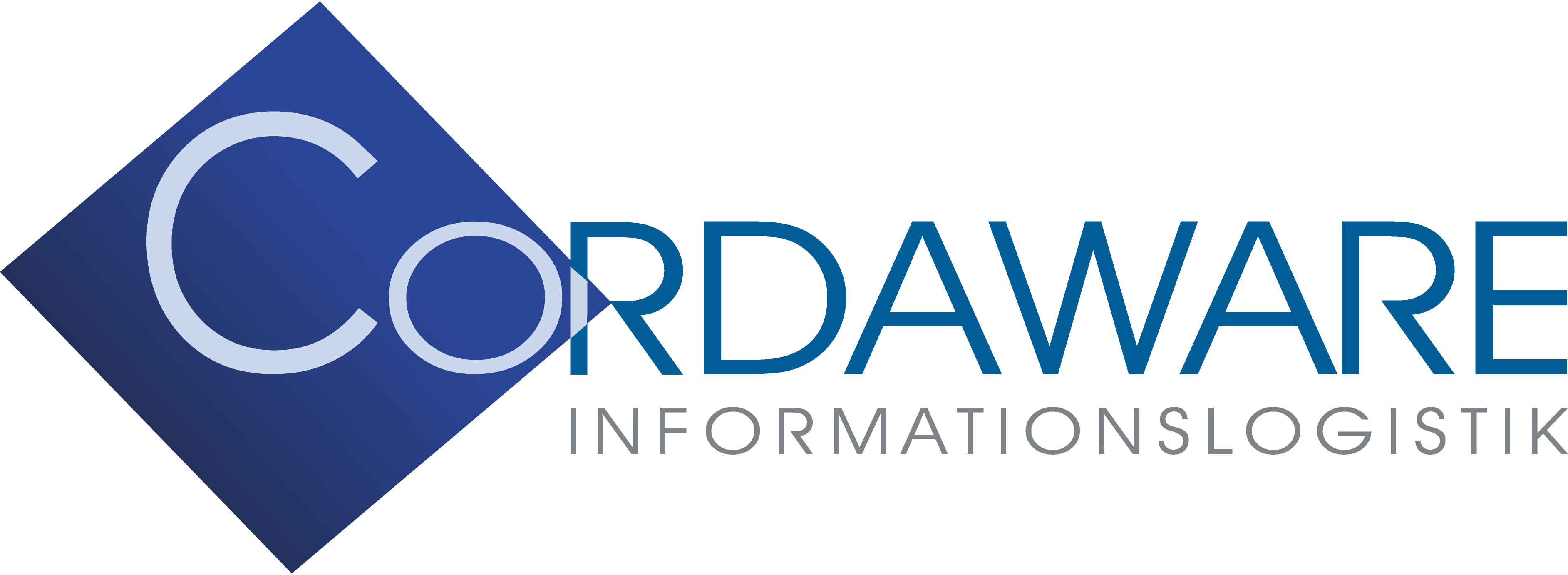What is Zero Trust?
More and more employees are working on the move or from their home offices! This poses enormous challenges to the existing security mechanisms in corporate networks in order to guarantee access to corporate applications or data. Here, the classic IT corporate structure must be rethought so that applications and sensitive corporate data continue to be protected and at the same time your employees can access them as usual.
The companies challenges
New requirements raise the following questions when implementing a secure infrastructure:
Provisioning
How can the provisioning of applications and data be implemented?
Security
How can deployment and access be implemented without lowering security?
Performance
How is the implementation realized without drastically minimizing performance for users?
Administration
How can the setup and maintenance be kept within reason?
Costs
How can an explosion in costs be avoided during setup and operation?
Usability
How complicated is the handling for the end-user?
Here, the zero-trust concept offers an approach to implementing these new challenges.
„Never trust, always verify“
Zero Trust
“Never trust, always verify” is the core message of the zero-trust concept. This means that no device or user should have basic trust to access the company’s application or data until authentication has taken place. Further, once authenticated, access should be granted only with the lowest level of permissions needed.
Today’s challenges can be overcome with a rethought approach to enterprise IT. To master this, a rethinking of the previous approach to IT security, away from a perimeter-based approach, towards a zero-trust strategy is necessary. The biggest challenge here is to break up the structures that have been built up over a long period of time at great expense and to rethink them. Numerous surveys among companies have shown that more than 75% of the companies are engaged in such a rethinking or have already started to implement it.
If you look at the advantages of such a rethinking, companies can only profit from this new approach.
Advantages
IT Security 4.0
- Addressing the issue of security precisely where it is needed – with the data and applications
- Significant increase in the level of security
- Better control of who, when and how accesses data through constant verification
Save costs & reduce complexity
- Resource- and cost-saving infrastructure
- Less risk for user errors due to uniform workflows
- Significantly less error-prone and costly to set up and maintain – no countless protective barriers
Resource optimization & high flexibility
- Integration of on-premise, cloud resources and SaaS
- Location-independent – regardless of whether employees work on the move, in a home office or in the office
Implementation with Cordaware bestzero®
While many current publications on this topic are very scientifically theoretically oriented, Cordaware has developed a software solution with bestzero®, which implements the Zero Trust Network Access (ZTNA) in a practical and uncomplicated way.


